Events & Webinars
Learn from the best professionals on the market how to make your applications safer.

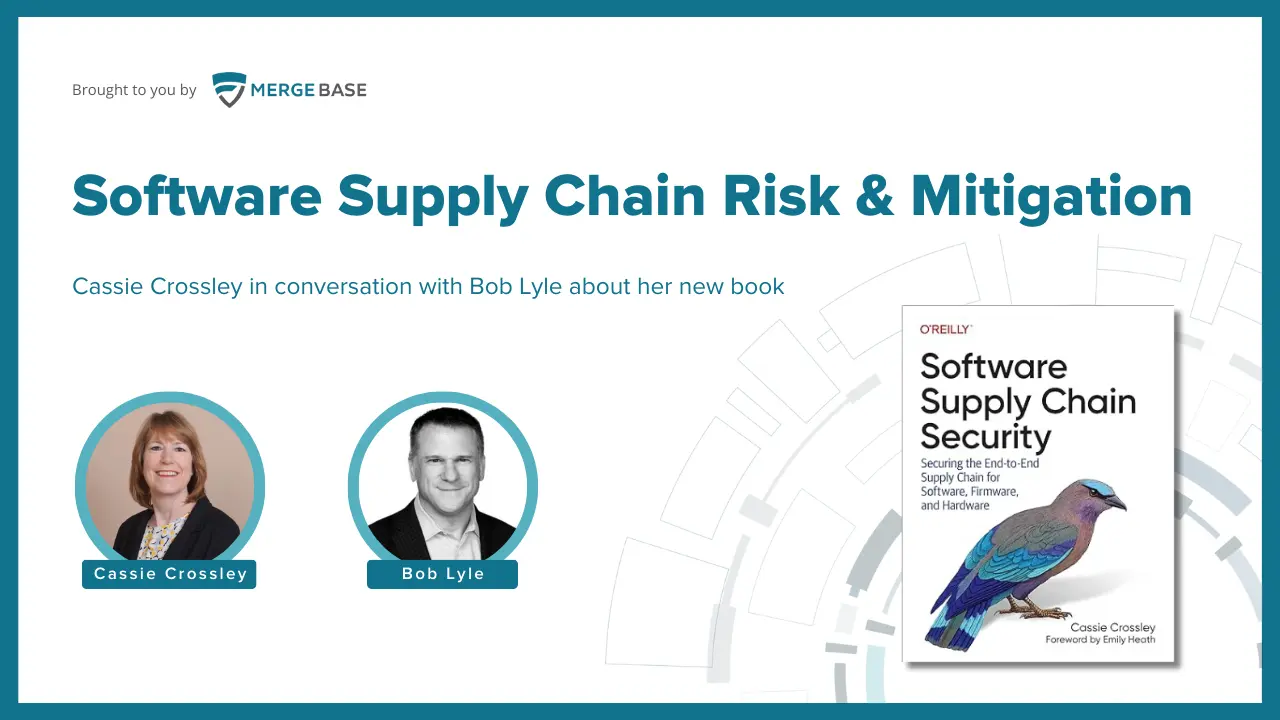
Join Cassie Crossley and Bob Lyle as they discuss her new book Software Supply Chain Security...

Explore the critical cybersecurity trends of 2024, covering AI’s impact, emerging threats, and strategies for navigating a complex digital landscape....
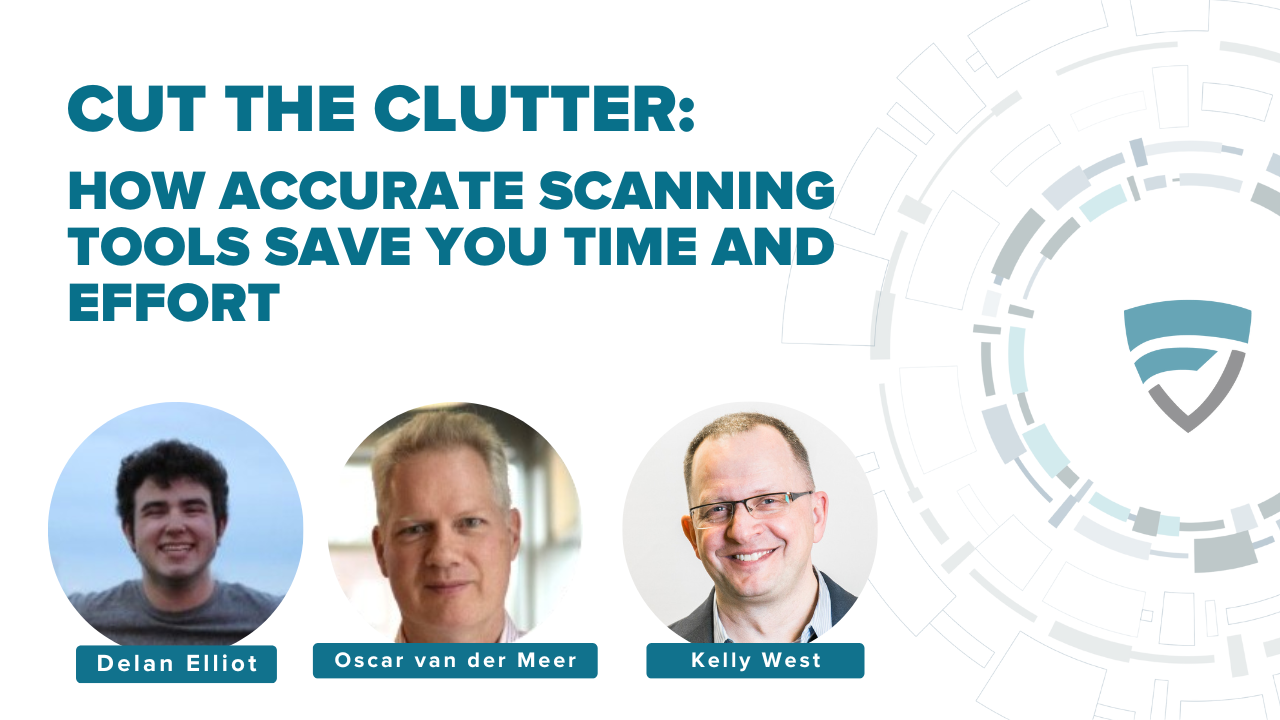
Explore the intersection of security and productivity in software development. Learn about effective tool sequencing, the importance of developer engagement, and strategies to minimize security-related work overload....
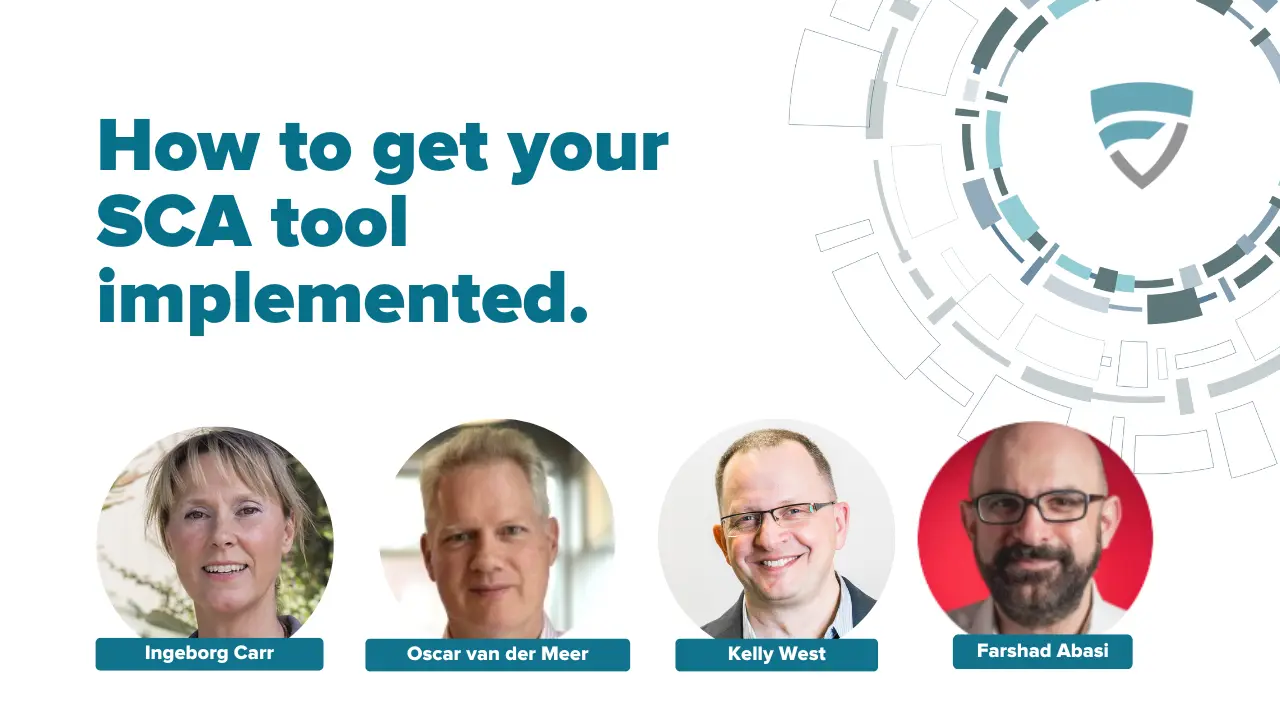
In an insightful discussion led by Oscar, experts Farshad, Ingeborg, and Kelly delve into the complexities of integrating SCA (Software Composition Analysis) tools in businesses. The conversation underscores the importance of cultivating relationships, grasping technical challenges, and valuing the crucial role of human interaction....

Explore the Java ecosystem’s intricacies and discover practical strategies to defend against software supply chain attacks....
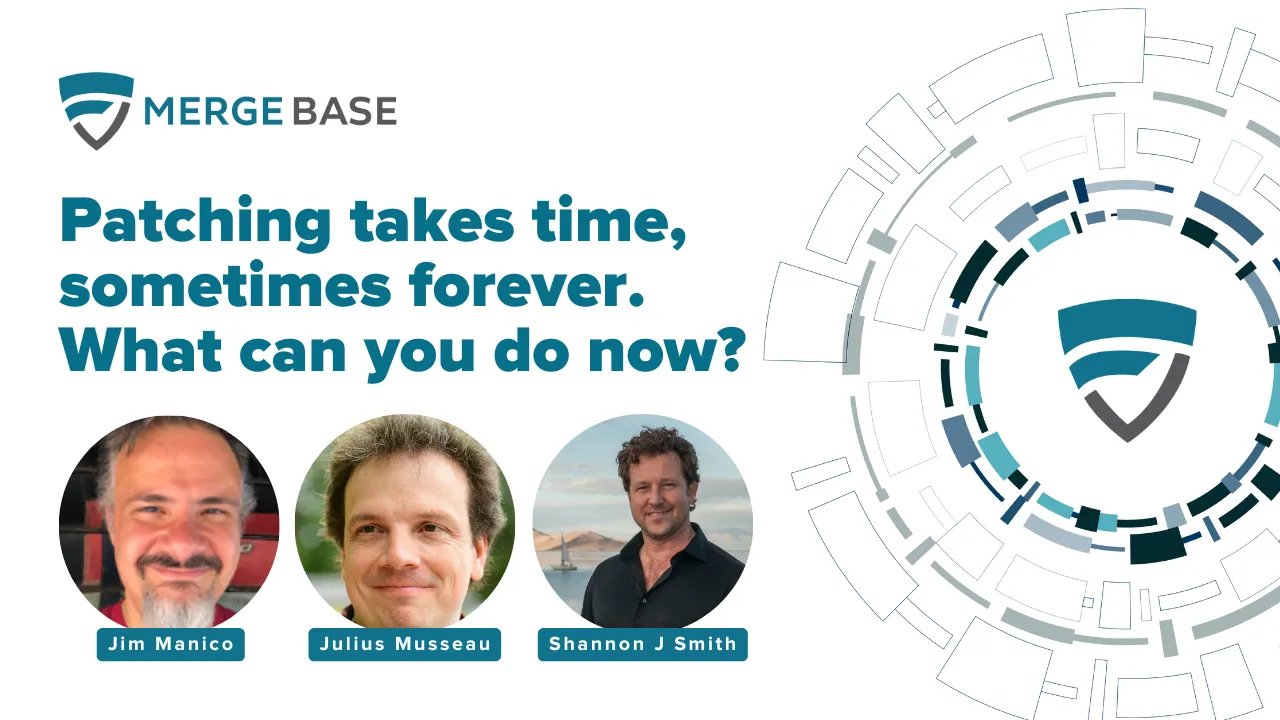
The majority of software supply chain attacks involve Java-based systems. However, the complexity of third-party libraries, which often make up 80-90% of applications, makes them hard to scan, review and analyze. This is where MergeBase’s Dynamic Application Surveillance and Hardening (DASH) comes in as a unique capability in the industry....

Discover fundamental concepts, definitions and implications of Zero Trust. And FINd out how Zero Trust intersects with application security, SBOM, and software supply chains....
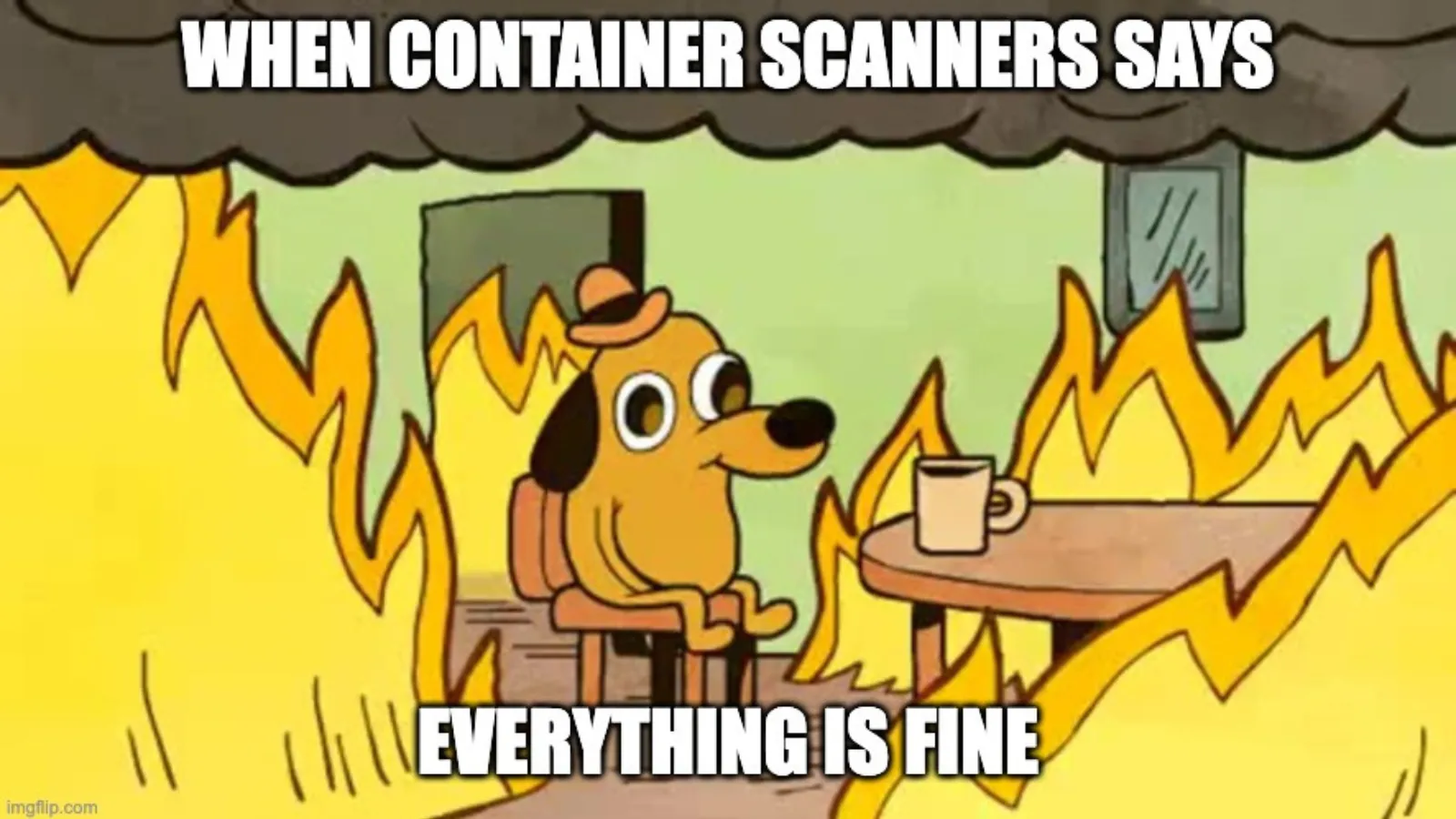
Are you relying on your container scanning to secure your applications? You might be exposed! Containers have taken IT by storm. They increase delivery speed and stability. To secure them, you just run a scanner, right? Perhaps… Metal detectors cannot detect plastic explosives. Similarly, many container scanners (e.g., Quay, Docker Hub, and even Snyk) are unable to detect the most vulnerable libraries inside Docker containers or Kubernetes clusters. Do you want to know what your container scanner might be missing? Watch this live streaming event with the heavyweight security expert Julius Musseau where he highlights the issues and presents solutions. Learn about the typical container scanning short falls.